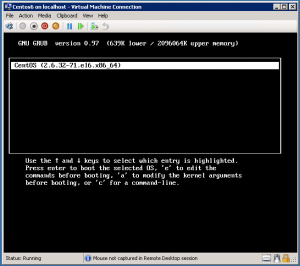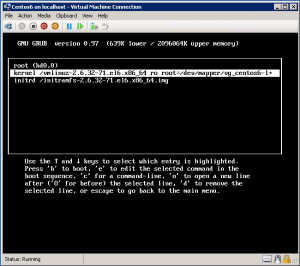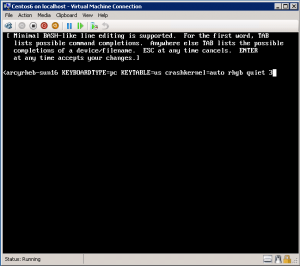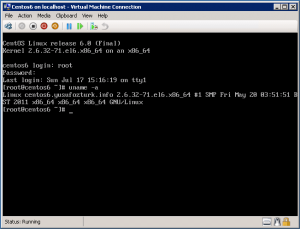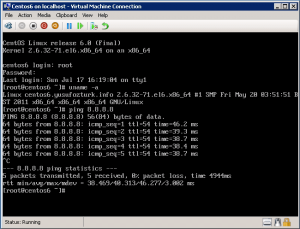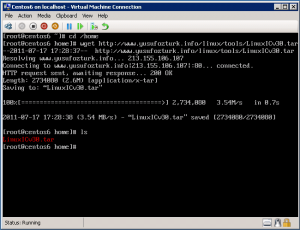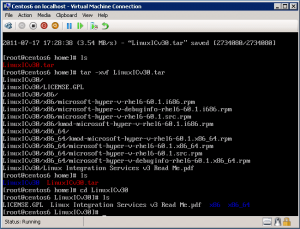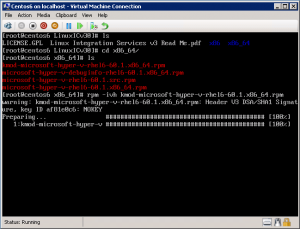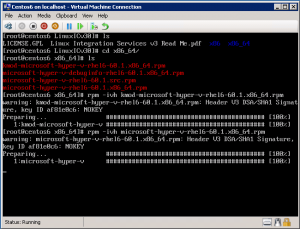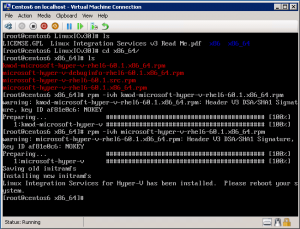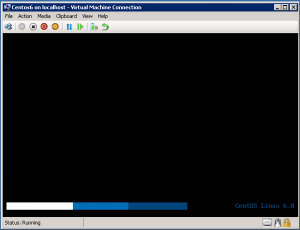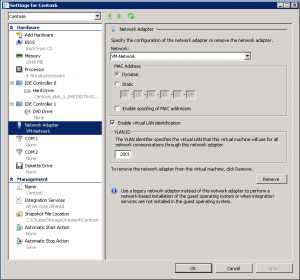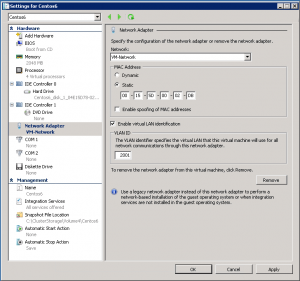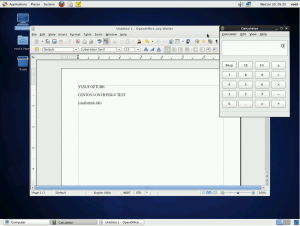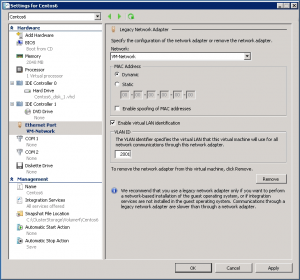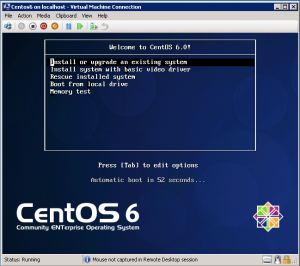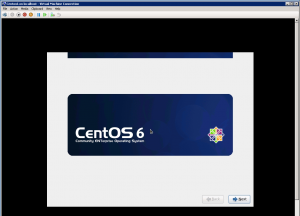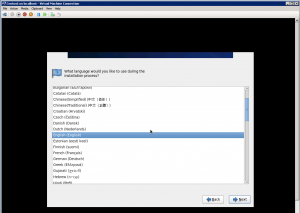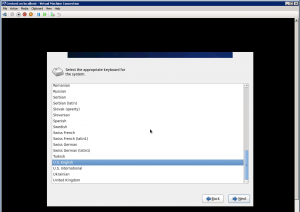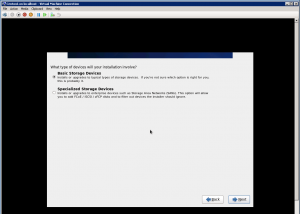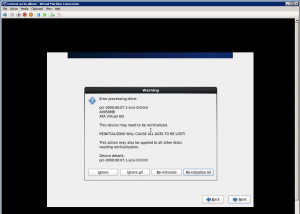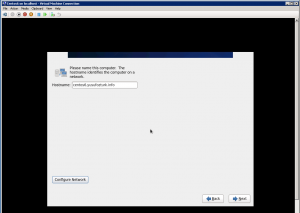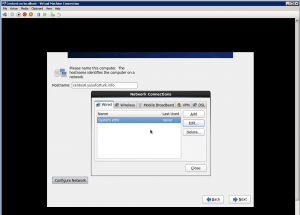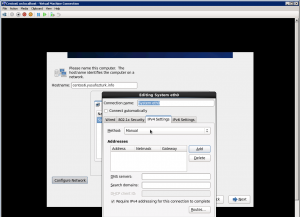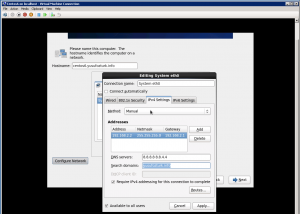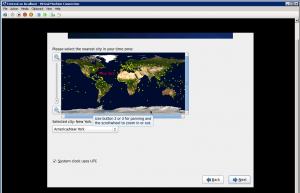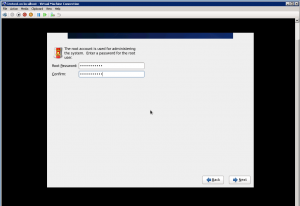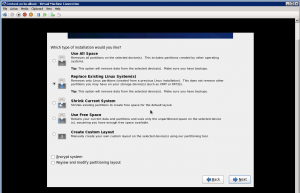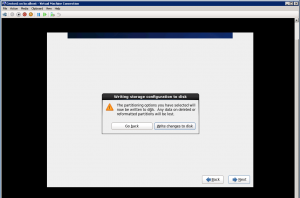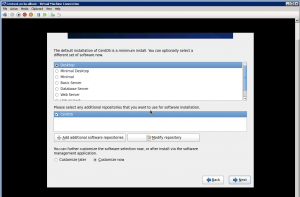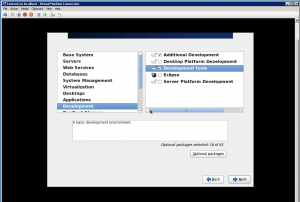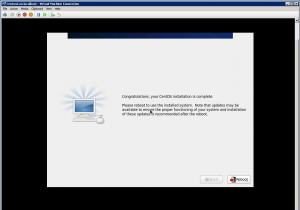
Categories

Sponsors


Archive
 Blogroll 
Badges


Community

|
Posted in Linux Server, Virtual Machine Manager | 15 Comments | 24,466 views | 27/07/2011 12:29
We finished CentOS installation on first part. I’ll show you how to install Hyper-V LIC and mouse support. Step 19: After installation reboot server and using keyboard, stay at GRUB menu. Press “e” to edit. Step 20: Select kernel and press “e” again to edit kernel arguments. Step 21: Go to end and type “3″ to boot in multi user mode without graphical interface. Press “Enter” to save changes. Step 22: Select kernel again and press “b” button to boot from that kernel. Step 23: Login with root username and password. Type “uname -a” to see your kernel. Step 24: Try to ping an ip address to check your network connection. Step 25: Type the commands below to download integration components.
Step 26: After untar, go into “LinuxICv31″ directory and check files.
Step 27: Install “kmod-microsoft-hyper-v-rhel6-60.1.x86_64.rpm” on CentOS.
Step 28: Install “microsoft-hyper-v-rhel6-60.1.x86_64.rpm” on CentOS.
Step 29: If installation is successful, then you should see this message. Step 30: After LIC installation turn off your VM. Step 31: Remove emulated network adapter. Add new synthetic network adapter. Step 32: Set same MAC address but configure it as static. Step 33: You can use CentOS 6 Desktop with mouse support. PS: Mouse support is only available with Hyper-V LIC v3.2 at the moment.
Posted in Linux Server, Virtual Machine Manager | 10 Comments | 17,273 views | 27/07/2011 10:18
Size bu makalede Hyper-V üzerinde adım adım nasıl CentOS 6 Desktop sürümünü kurabileceğinizi göstereceğim. Adım 1: Hyper-V üzerinde emulated network adaptörü ve 1 vCPU ile bir VM yaratın. Adım 2: Grafiksel CentOS kurulumunu başlatabilmek için ilk seçeneği seçin. Adım 3: “Next” ile hoşgeldin sayfasını geçin. Adım 4: Kullanmak istediğiniz CentOS dilini seçin. Adım 5: Klavye dilini seçin. Adım 6: “Basic Storage Devices” seçeneğini seçin ve Next’e tıklayın. Adım 7: Partition re-initializing için onay verin. Adım 8: Bir hostname yazıp, adaptör üzerindeki IP adresini düzenleyebilmek için “Edit” butonuna basın. Adım 9: Seçili network adaptörünü düzenlemek için tekrar “edit” butonuna basın. Adım 10: “IPv4 Settings” seçeneğine gidin ve method için “Manual” seçip “Add” butonuna tıklayın. Adım 11: Network ayarlarını konfigure edin. Adım 12: Bölgenizi seçin. Adım 13: VM için bir parola belirleyin. Adım 14: “Replace Existing Linux Systems” seçeneğini seçin ve “next” butonuna tıklayın. Adım 15: Değişiklikleri disk üzerine yazmayı onaylayın. Adım 16: “Desktop” opsiyonunu seçip, “Customize now” seçeneğini seçin. Adım 17: Yüklenmesi için “Additional development” ve “Development Tools” bileşenlerini seçin. Adım 18: Eğer bu ekranı görüyorsanız, kurulumu tamamladınız demektir. Part 2 üzerinden kuruluma devam edebilirsiniz. Not available yet!
|










